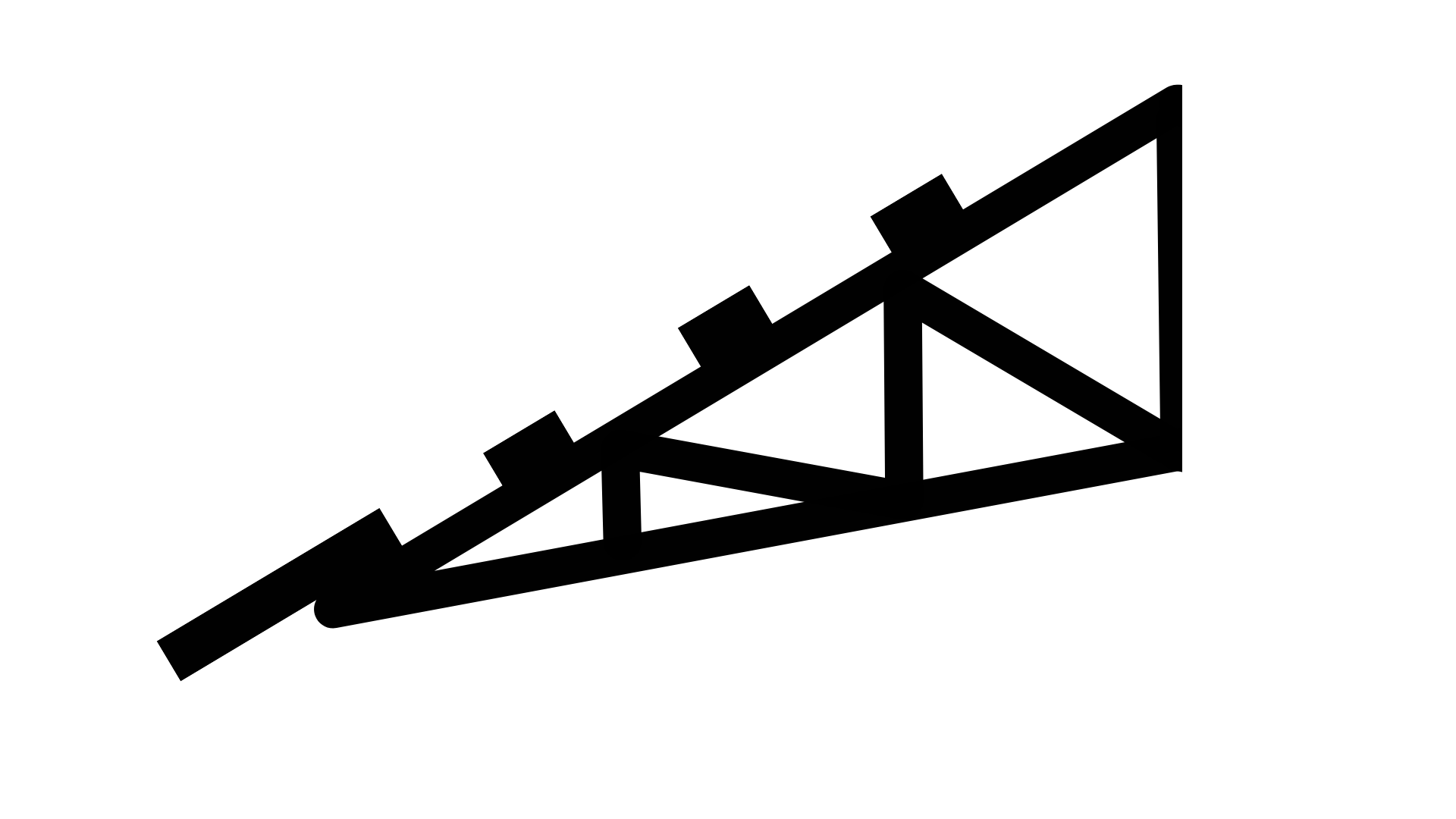How to Build a Safer Gable Overhang: Why Drop Top Cords Beat Notching
Gable overhangs are a crucial part of any roof system. They protect the siding at the ends of a building and help direct rain and snow away from the structure. There are two primary ways to create this overhang using trusses: notching the top chord or dropping it. Each method has its own process, implications for safety and structure, and impact on the finished look of your building.
Why Overhangs Are Necessary
The purpose of a roof overhang is simple: protect the walls and foundation. On the sides of the building, this is built into the slope of the roof and handled by extending the trusses beyond the wall. Gutters are attached here, and the roof provides natural protection.
At the ends of the building, however, trusses run perpendicular to the wall. You still need an overhang on the gable end, and this requires a different approach. To create it, builders run a 2x4 (or similar member) from the gable truss to the next truss back. This supports a barge rafter and roof sheathing to form the overhang.
The question then becomes: how do we install these 2x4s, known as outlookers? Do we put them through or over the gable truss?
The Traditional Method: Notched Top Chord
In the traditional method, framers notch the top chord of the gable truss to accommodate the outlookers. A typical notch is 1½ inches deep by 3½ inches wide, cut every four feet. These notches let the outlookers pass through the gable and extend out to form the overhang. From there, the outlookers connect to the barge rafter and the next truss back.
This method creates a snug, secure fit. It’s also the way many framers were trained. You get tight joints and a clean look, and your siding can be cut precisely around the outlookers.
However, this method has downsides. First, you're structurally modifying the truss. Second, this work often happens on-site, after the trusses are already installed. Framers are up on the roof, cutting into trusses with circular saws. That presents safety risks and makes the process slower and more difficult. It’s also not preferred by truss manufacturers because of the structural implications.
A Safer, Smarter Option: Drop Top Chord
In a drop top cord gable truss, the truss is built with the top chord lowered by 1½ inches along the section where outlookers will run. This drop is built into the truss at the manufacturing stage. There’s no need for field modification or saw work at height.
The outlookers run directly over the top of the dropped chord and connect to the next truss back. This creates the same overhang but avoids compromising the truss or putting workers in risky situations.
You might wonder what to do with the space between those outlookers. If your roof sheathing is installed on top, you don’t want large gaps. That’s solved by adding blocking. If your outlookers are placed every four feet, a 3'10½" block fits snugly between them. These blocks serve two purposes: they fill the gap and provide a straight edge for siding.
Clean Finish and Improved Efficiency
With notched top cords, every outlooker must be individually trimmed around. With dropped top cords and blocking, your gable face becomes one flat plane. The siding goes up smoothly. There’s no need to make dozens of custom cuts, and the result is cleaner, faster, and more efficient.
Drop top cords also offer flexibility. If you’re installing an enclosed soffit, and your top chord is a 2x4, you can drop the gable truss 3½ inches instead of just 1½. This allows you to install a 2x4 outlooker on edge and match the soffit depth.
You can’t do that with notching. Cutting 3½ inches would go all the way through a 2x4 top chord, compromising the truss entirely.
The Right Choice for Today’s Builds
Both methods will create a gable overhang, but only one does it without compromising the structure or requiring dangerous saw work on the roof. Notching works, but it’s outdated and more labor-intensive. Dropping the top chord is safer, more consistent, and gives a better finish for siding and trim.
At Truss Components, we believe in building smarter and safer. That’s why we recommend drop top chord gables whenever possible. Want help designing a safer, more efficient truss system for your next build? Contact Truss Components today for a custom quote or consult.




